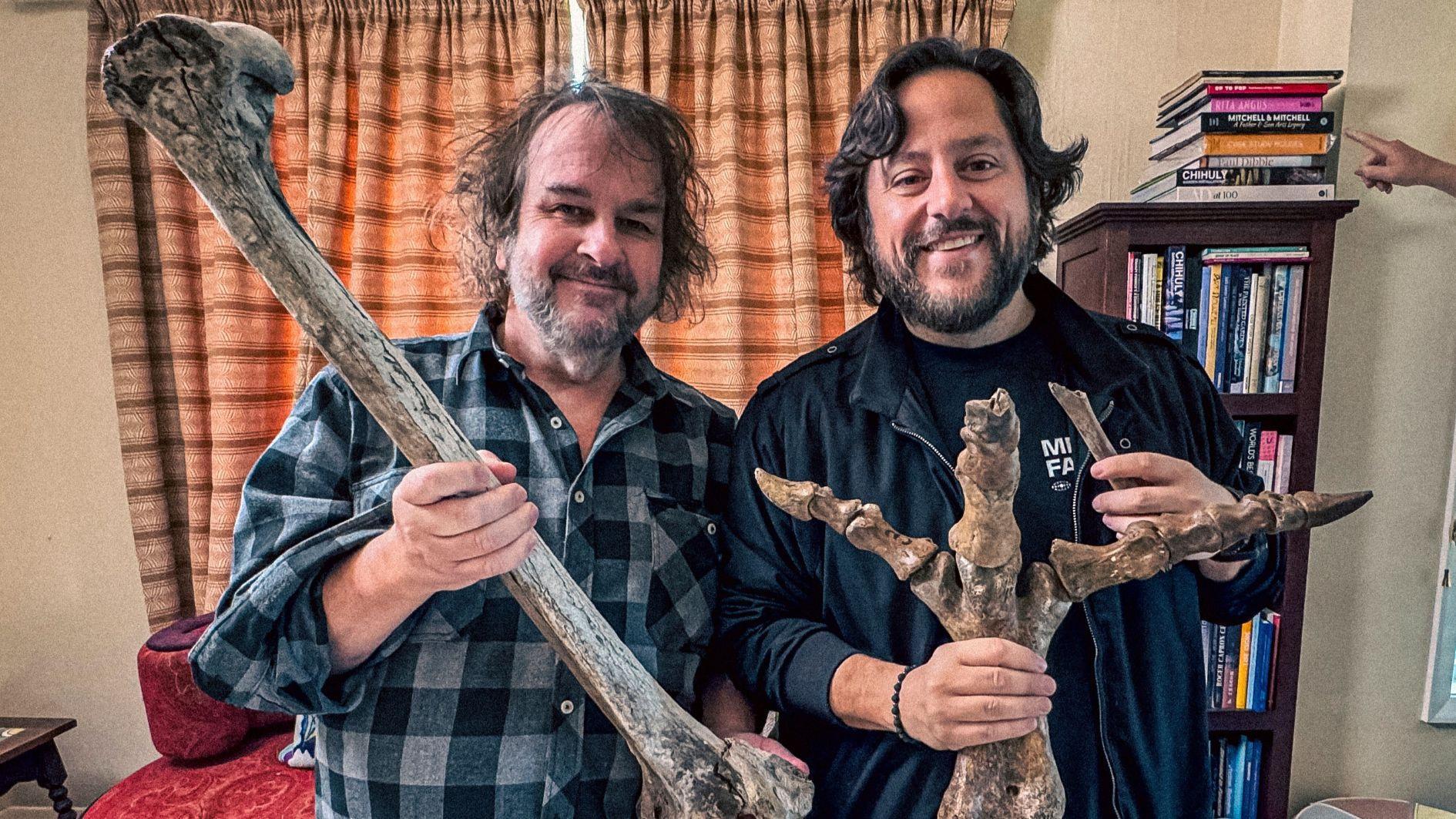
Filmmaker Peter Jackson is supporting a bold effort to genetically revive the extinct South Island giant moa, a flightless bird native to New Zealand that stood up to 3.6 meter tall before disappearing around 600 years ago due to overhunting.
Jackson, who owns one of the largest private moa bone collections, and his partner Fran Walsh have invested $15 million into the project led by Colossal Biosciences, a Texas-based biotech company focused on “de-extinction” technologies. The initiative also involves New Zealand’s Ngāi Tahu Research Center.
“This is just a fun project for me,” said Jackson, emphasizing how deeply embedded the moa is in New Zealand’s cultural imagination.
The project aims to analyze DNA from well-preserved moa bones and compare it with genomes of living relatives like the emu and tinamou to isolate key genetic differences. Colossal plans to use CRISPR gene editing to modify the DNA of living birds to resemble moa-like traits, such as large size, strong legs and claws.
However, scientists unaffiliated with the project are skeptical. Many argue that recreating extinct species is scientifically unlikely and ethically questionable, especially when many living species remain under threat. Duke University ecologist Stuart Pimm warned that even if the genetic engineering succeeds, reintroducing such animals into modern ecosystems would be problematic: “This will be an extremely dangerous animal,” he said, and questioned whether the rewilding of a long-lost species is feasible or appropriate.
The moa project is in its early phases. Extracting usable DNA from ancient bones is challenging, and bird reproduction adds complications. Unlike mammals, bird embryos grow inside eggs, making procedures like embryo transfers much harder.
Maori scholars from the Ngāi Tahu Research Center are helping shape the direction of the project, ensuring cultural considerations are addressed. Moa remain significant in Māori history and oral tradition. At sites like Pyramid Valley, where Jackson has conducted field visits, ancient Māori rock art depicts the bird, underscoring its importance in indigenous heritage.
While the odds of success remain uncertain, the project represents a fascinating convergence of science, culture and storytelling — and a potentially groundbreaking step in humanity’s relationship with extinction.